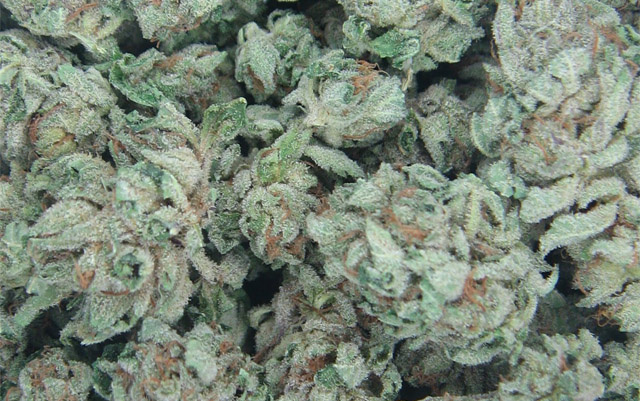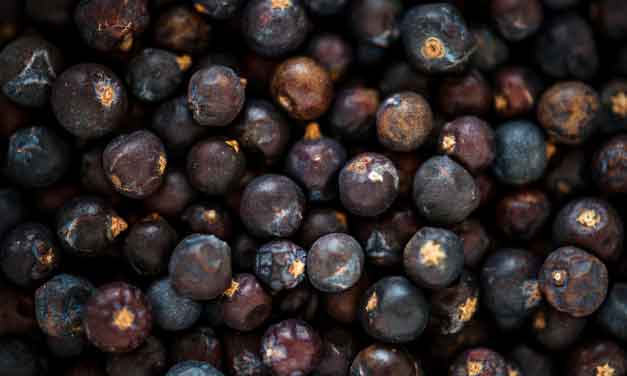Beta-caryophyllene is a sweet, spicy, and clovelike cannabis terpene
Intense flavor is becoming the most sought after characteristic in cannabis thanks to a new appreciation of terpenes, the aromatic components responsible for cannabis’ signature scent and taste. In contrast to cannabinoids like THC and CBD which lack comprehensive scientific study, terpenes have a long history of biological and chemical investigation, and that means they have well known practical uses and proven medical effects.
In this series we’ll take a closer look at the most common terps found in cannabis. Each time we’ll focus on a singular terpene, explore its characteristics and medical properties, and also suggest some strains and target temps for you to take advantage of.
So, let’s continue terpenes 101 with the second most important terpene found in cannabis: Beta-caryophyllene.
Beta-caryophyllene
Beta-caryophyllene is responsible for producing the sweet and spicy aromatic profiles of black pepper, cinnamon, and cloves. While it has many noticeable characteristics of its own, this terp is most often found in nature serving as a sidekick to humulene. In fact, these two terpenes exist in synergy, and that means together they produce combined effects that are more powerful than when they are separate.
While beta-caryophyllene is undoubtedly the Robin to humelene’s Batman, it plays a pivotal role in not just boosting the effects of humulene and itself, but also helping to produce the signature flavor and aroma of cannabis in general.

Medical Properties of Beta-caryophyllene
Like humulene, beta-caryophyllene possesses analgesic, and anti-inflammatory properties, however, it also carries a laundry list of its own medical benefits. As a powerful antioxidant beta-caryophyllene exhibits anticonvulsant, sedative, and antidepressive effects to name but a few, and it has also been shown to be an effective treatment for colitis, osteoporosis, arthritis, and nervous system diseases such as Alzheimer’s, and Parkinson’s disease.
Most importantly though is beta-caryophyllene’s synergy with humulene, which has been shown to boost the cancer fighting properties of the two terpenes immensely. In one human cancer cell study for instance, the addition of beta-caryophyllene increased humulene’s tumor reduction from between 50 – 69% to 75 – 90%.
Chemistry
As with other volatile organic compounds, terpenes evaporate rapidly when exposed to the air, and especially so when subjected to warm temperatures. Beta-caryophyllene’s melting point like most terps is less than 77 degrees F, so cool storage and a sealed container are a must for long term preservation. Furthermore, when looking to dial in vaping temperatures to target beta-caryophyllene’s flavonoids, aromatics, and medicinal properties, then look between 244 and 246 degrees F where this terpene’s boiling point resides.
Beta-caryophyllene Strain Suggestions
Thanks to its role alongside humulene as a fundamental building block of cannabis, beta-caryophyllene can be found in abundance in all strains. However, if you’re looking for cannabis that exemplifies beta-caryophyllene’s sweet and spicy aroma, then you should investigate strains with strong Afghani indica heritage such as Afghani, Bubba Kush, and White Rhino, for example.
Join us for the next edition of terpenes 101 where we’ll take a closer look at alpha-pinene, the terpene that gives weed its piney and earthy aroma.






